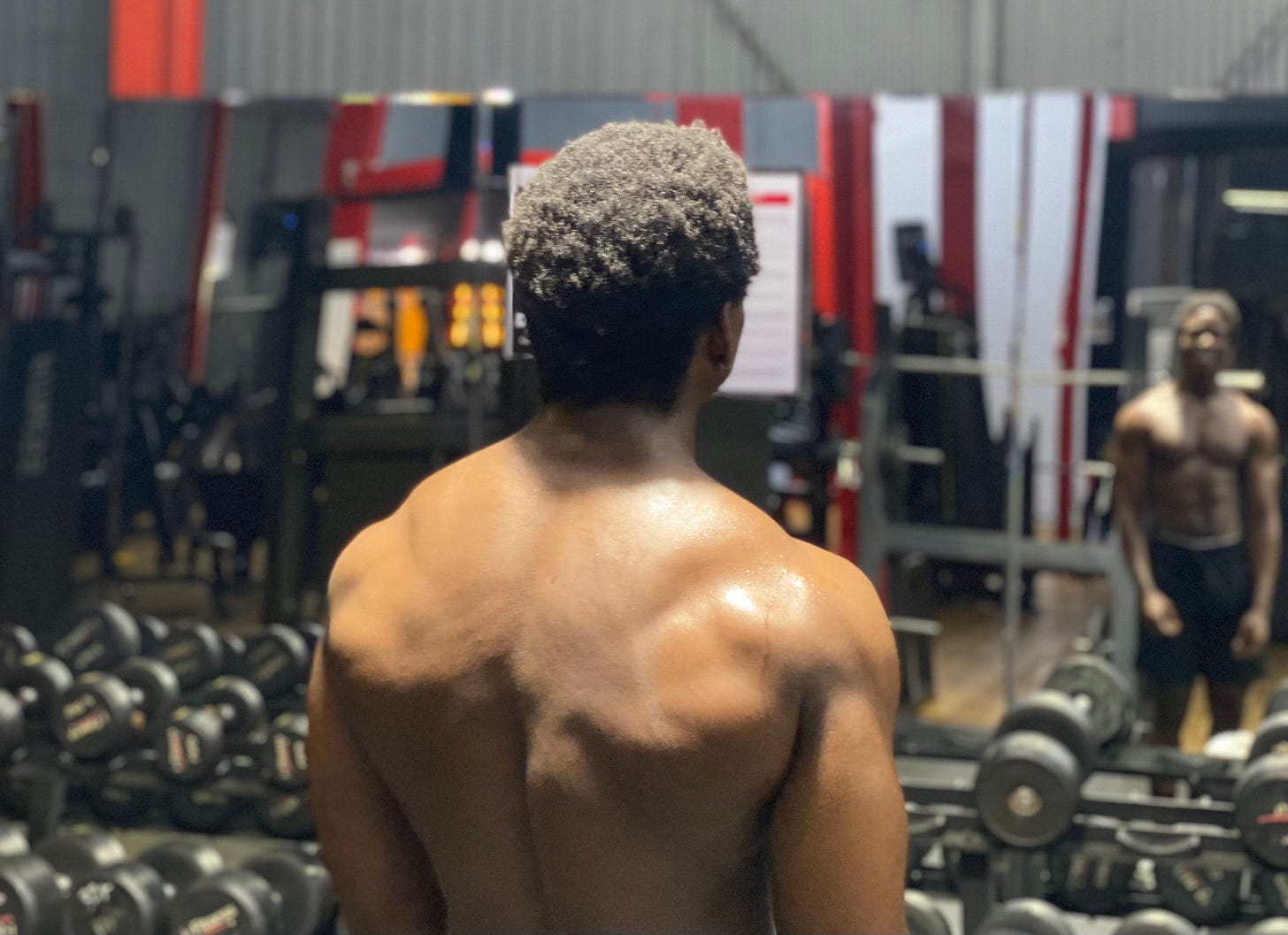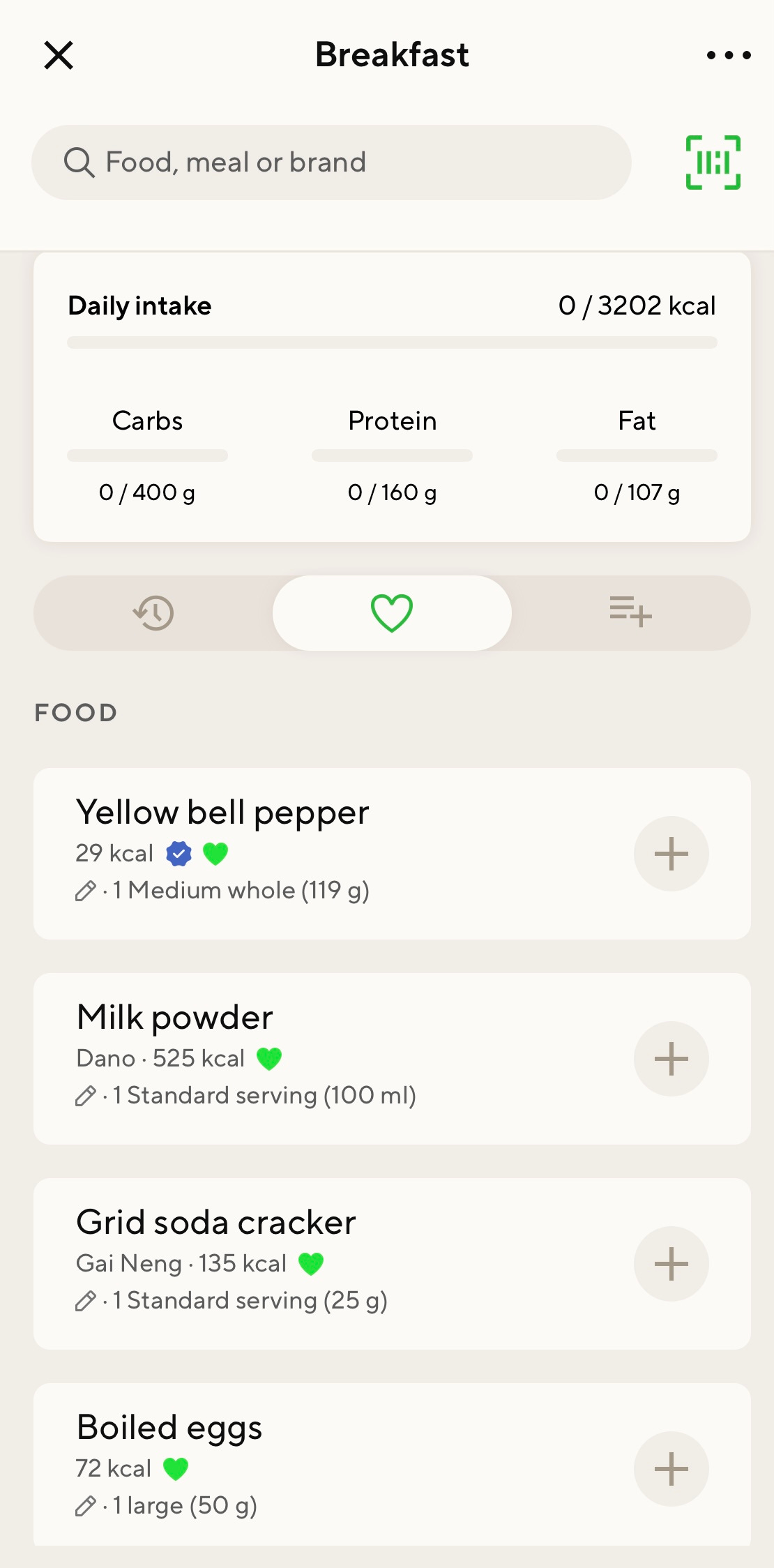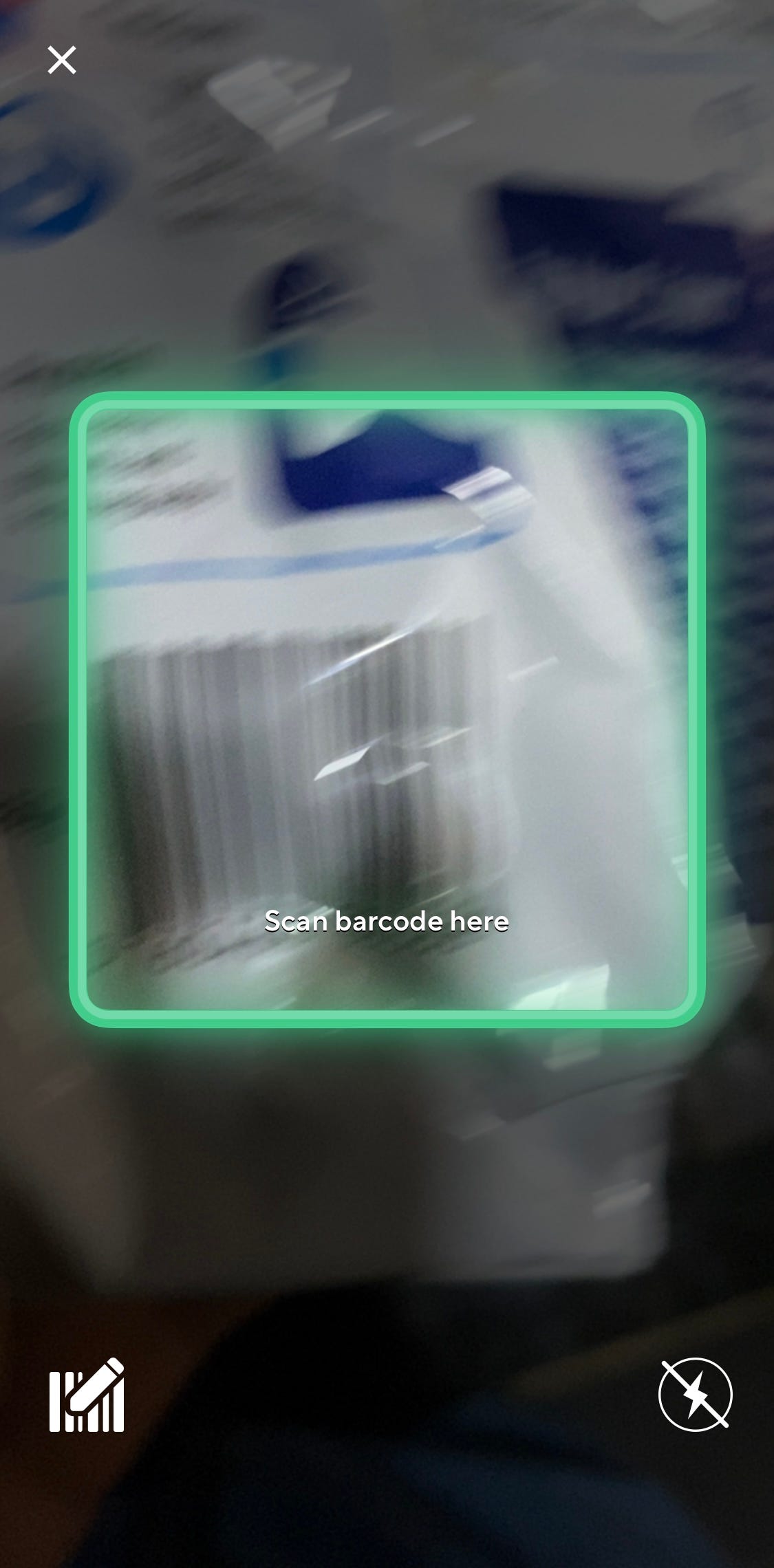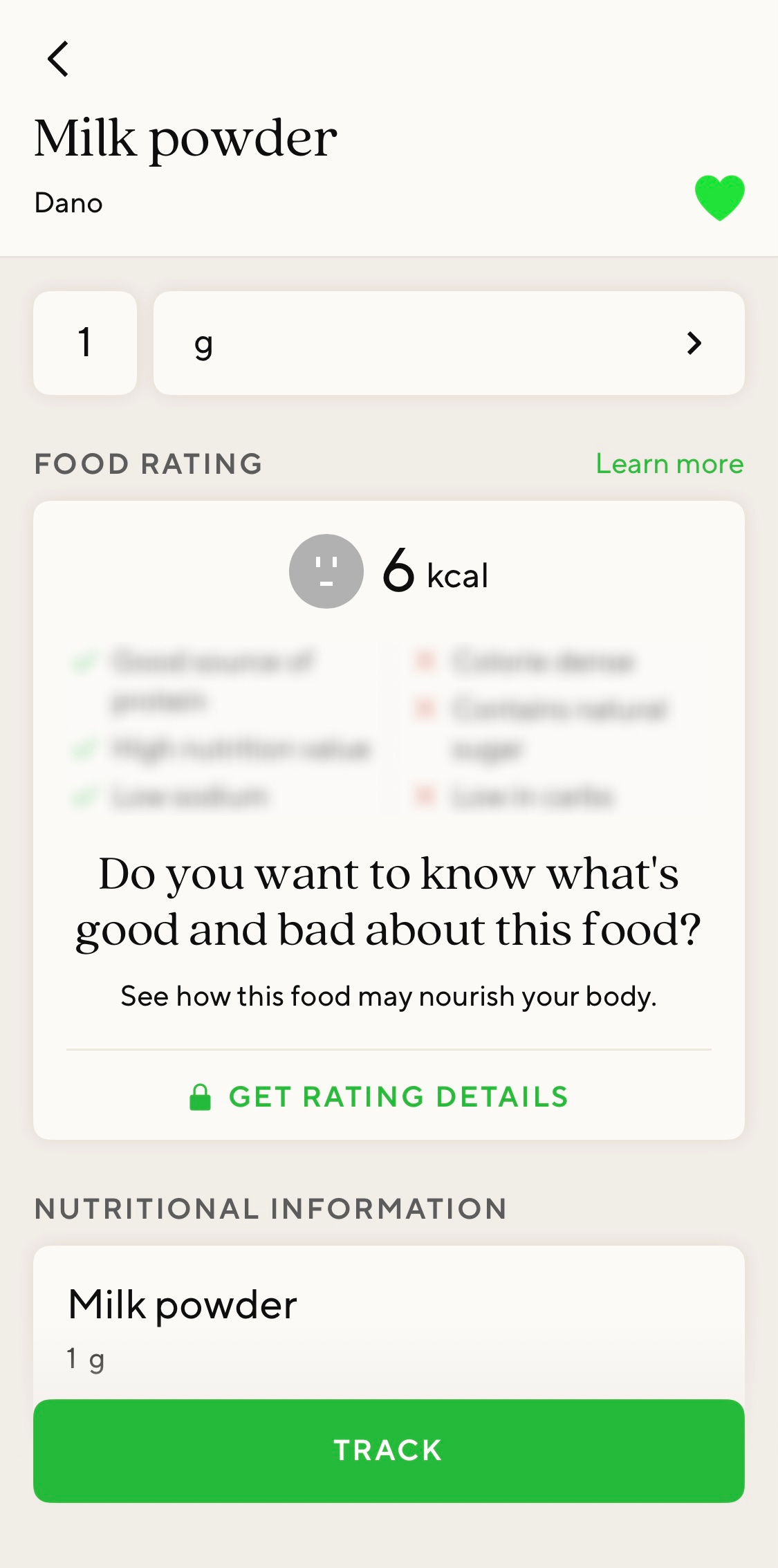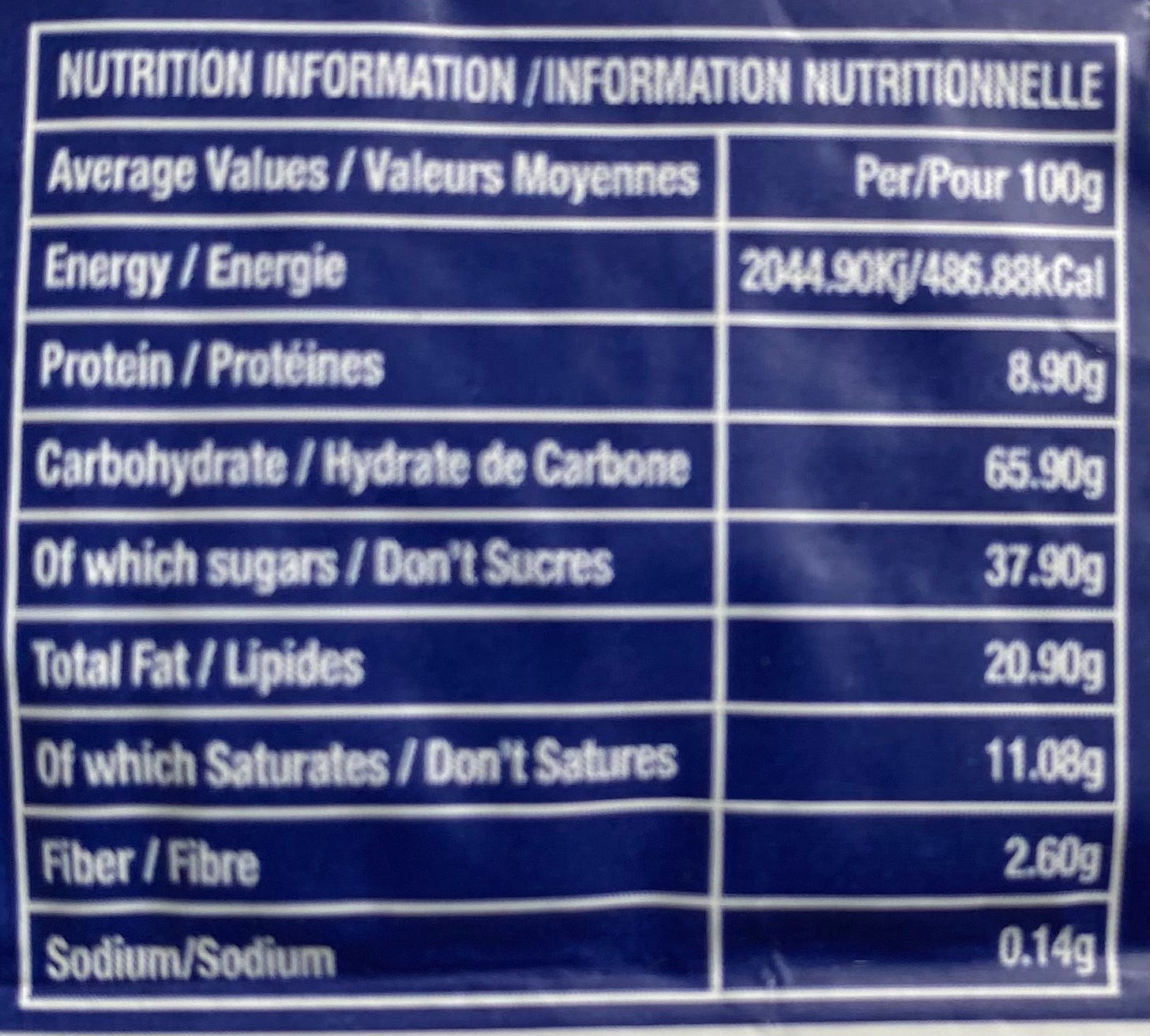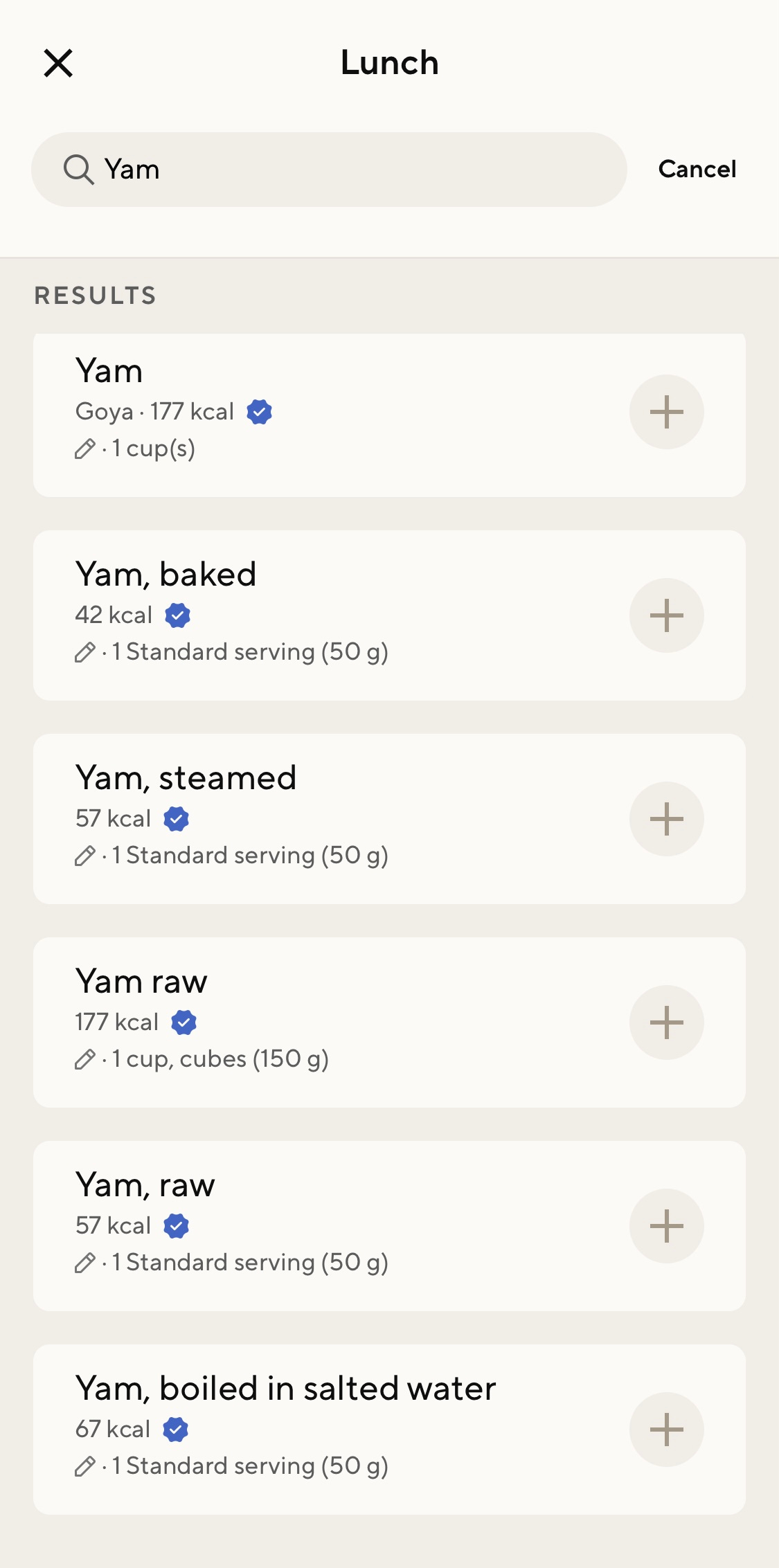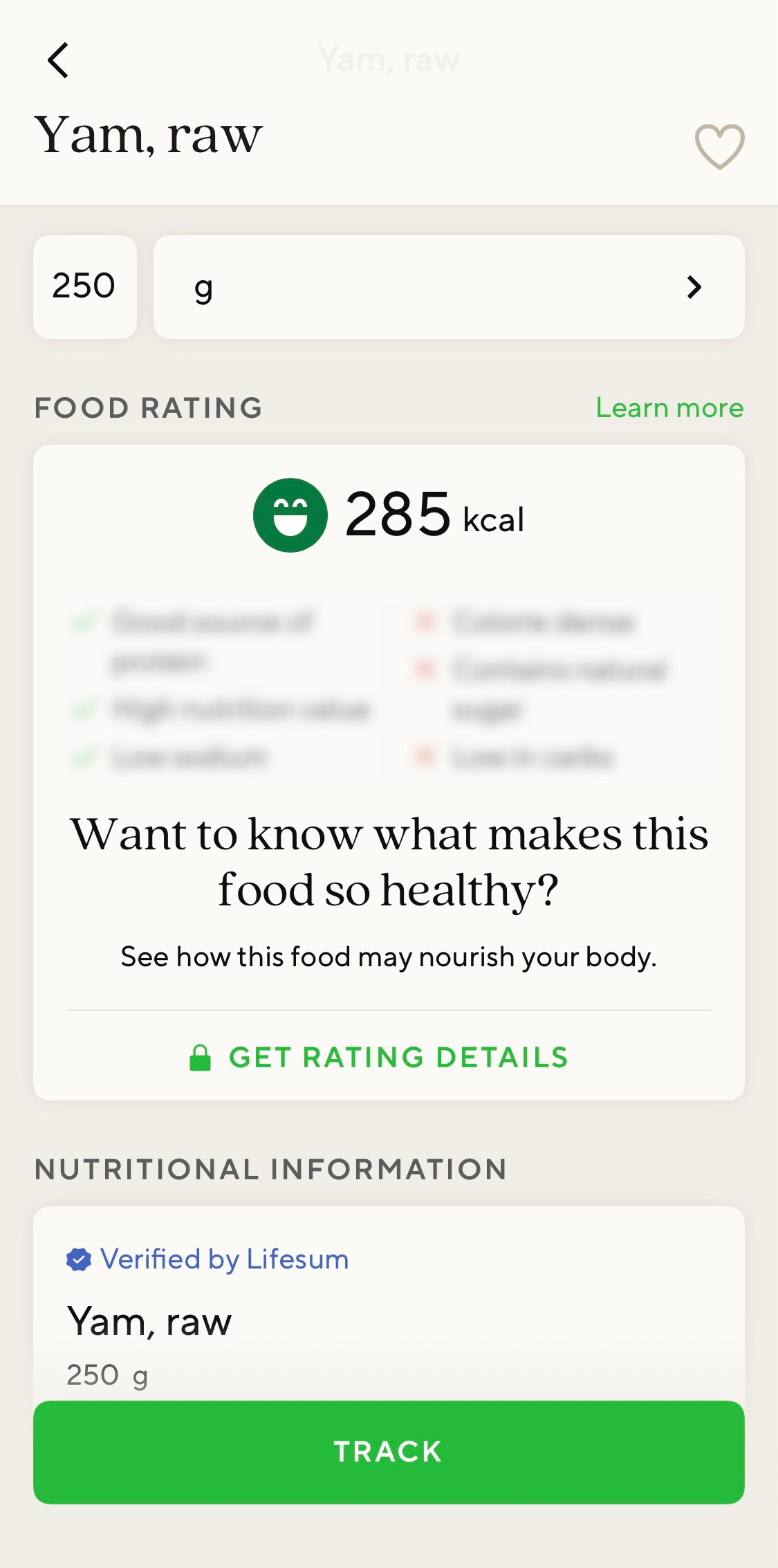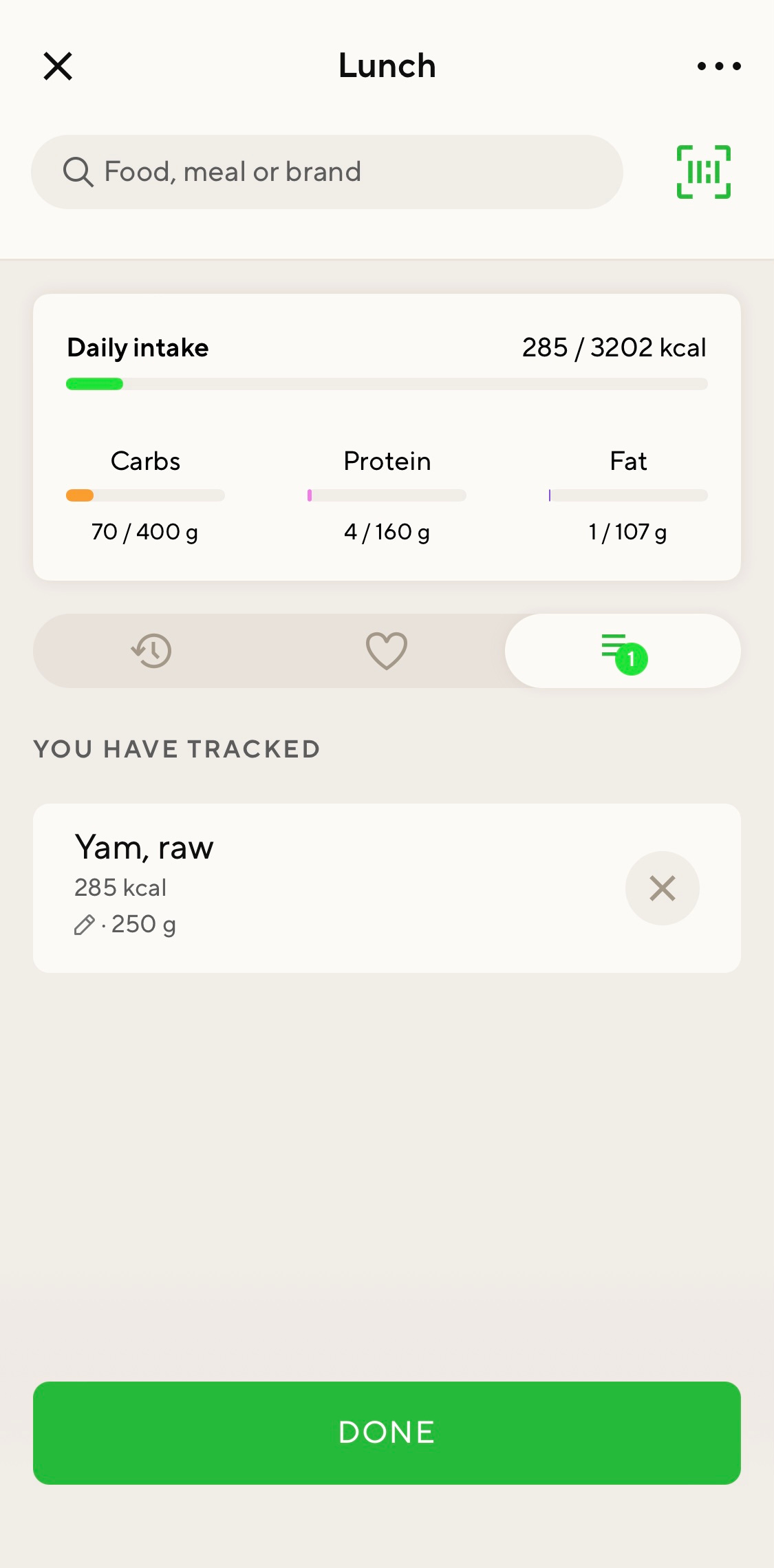In part one of "How to Count Calories," I showed you how to measure calories by simply weighing your food. In part two, we're going to talk about how to count the calories in everyday-packaged products and the best way to estimate calories based on experience.
Take a deep breath and buckle your seatbelt. You are aboard the speed train towards gains.
Checking the Information on a Packaged Food Item
Scan the product.
The easiest way to measure the number of calories in a packaged product is to scan its barcode. Yes, just use a calorie-counting app to scan it, and all the information you need will appear on your screen.
Sometimes, however, it may not be that easy. Why? The product you're trying to scan may not have been uploaded into your calorie counting app's database.
When making these apps, the developers have to create a database with as many food products as possible, and they do what they can. But they can't capture every packaged product in the world.
Read the nutritional label when you can't scan the product.
When your app does not have your product, you have to rely on the nutritional label either at the front or at the back of the packaged product. On virtually everything you eat, you'll find a label that looks something like the picture below:
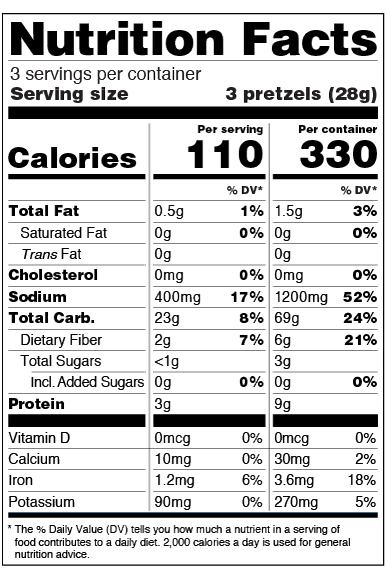
The label in the image above has a per-container value, so you know exactly how many calories you're eating if you eat one container. But others don't spell it out like that. Instead, some other products tell you the calories in a serving or a base amount like 100 grams. Let’s look at some examples.
When you have to calculate the calories using a formula - Example 1.
I like eating McVities Hobnobs, and the calorie information is not straightforward. Let me show you how I calculate it.
As you can see from the label, everything is per 100 grams. So, the biscuits have approximately 487 calories in 100 grams.
It gets very confusing around here because the product's net weight is only 60 grams, meaning I can only eat 60 grams in one pack instead of 100 grams. So, I have to calculate the number of calories in 60 grams. How do I go about that if the nutritional label only gives me the number of calories in 100 grams?
It's a simple formula: multiply the calories per serving size (487) by the product's net weight/amount (60) and divide the result by the serving size (100). So, multiply 487 by 60 and divide the result by 100.
487 × 60 = 29,220. 29,220 ➗100 = 292.2.
One pack of biscuits has approximately 292 calories.
When you have to calculate the calories using a formula - Example 2.
Let me demonstrate another example with the energy drink I occasionally use as pre-workout. I'm using a drink as the second example because you don't have to weigh it.
Remember, counting calories is about measuring, and weighing is just one of the ways to measure your food. It could also be a matter of using measuring spoons or cups – like a tablespoon of honey. It all depends on what you're eating or drinking.
As you can see from the picture, there are 44 calories in about 100 ml of this energy drink. The problem, however, is that the entire drink is 250 ml and not 100 ml. So, let’s use the formula again.
Multiply the calories per serving (44) by the product's net amount (250) and divide the result by the serving size (100). So, multiply 44 by 250 and divide the result by 100.
44 × 250 = 11,000. 11,000 ➗100 = 110.
My 250-ml energy drink actually contains 110 calories.
If you're still confused about calculating calories when the product does not give you the exact figures, don't worry. Just scroll up a little to the first example, and thoroughly read both examples again. I'm sure it'll be clear after reading twice or thrice.
It's really simple. You just have to start implementing it. All it takes is opening your phone calculator and tapping some buttons.
You may not even have to use this formula in the end. I have just included it so that you have all the information you need to see results from working out.
Most products place the calorie per container on the product so that you don't have to calculate anything. Again, if you have an app like MyFitnessPal or Lifesum, you'll likely be able to scan the product and find out how many calories it has instantly.
Estimating Based on Experience
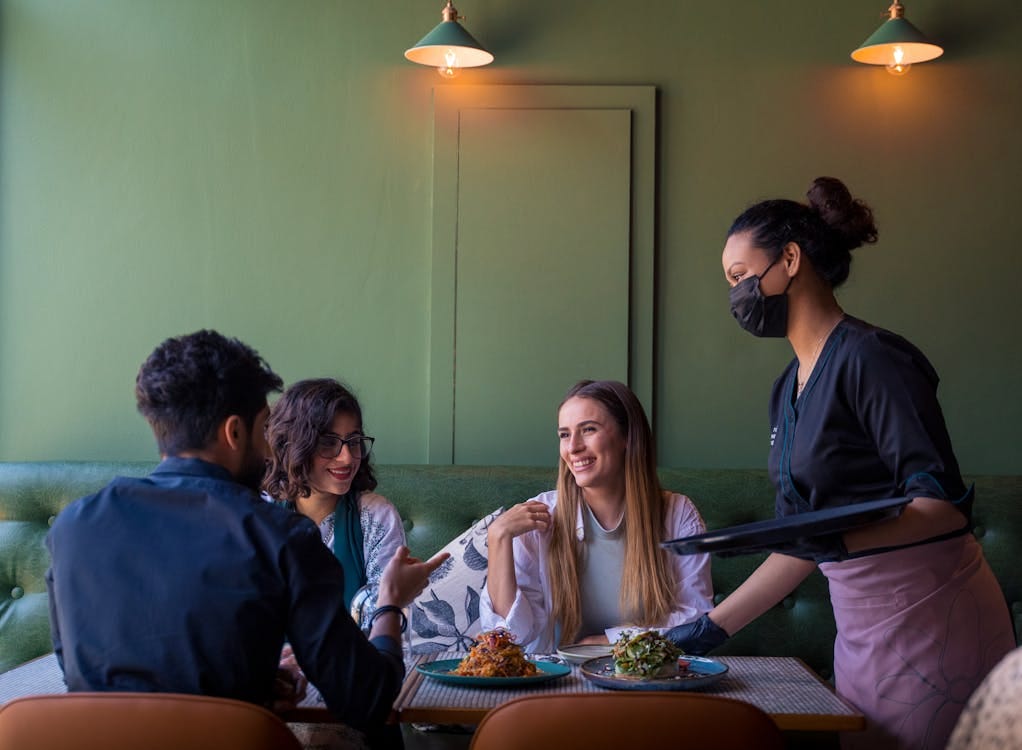
If you eat out a lot, this one is for you. To accurately estimate calories at an eatery or diner, you must have an idea of how much the portion sizes weigh.
For example, if I eat somewhere regularly, I'd monitor how they measure the portions. If it's a basic cooking spoon they use to dish the portions, I'd go home and use the same spoon to put some food onto a scale. Whatever the weight turns out to be is the weight I'd measure one spoon as.
So, let's say I find out that one spoon of white rice weighs 100 grams. When I go back to the diner, I would watch how many spoons they serve and guess the number of calories based on that information. Three spoons, for instance, would now be 300 grams, and so on.
Other things like plates could help you guess. If you use a flat plate to eat at home, and they also serve you with a flat plate somewhere else, you can gauge how many calories are in the food based on your experience counting calories with a flat plate. You really just need to find what works for you.
I hope you're getting the most important factor in counting calories based on experience. You need actual experience counting calories normally, such as using a scale to measure your food. If you don't have any idea or ballpark, it's not a calculated guess anymore. It's just a random guess, and random guesses could be way off.
I'm still confused. What do I do?
Buy a small kitchen scale. That's the first thing to do. Before a meal, place a plate on the scale and dish your food into the plate to find out how much your food weighs (usually in grams). Then, use the internet or a calorie tracking app like Lifesum to see how many calories the exact weight of that food has.
For example, just google "How many calories does 250 grams of yam have?" Or better yet, type "yam" into your calorie tracking app and specify 250 grams. It'll show you how many calories it has. Then, log it into the app and continue from there.
That's how to start. As you continue and gather more experience, you'll become a pro at it. At that point, you just have to sit back and enjoy the exponential gains that come with aligning your energy intake with your physique goals. Enjoy the gains, and remember to share this post so that someone else can, too!


